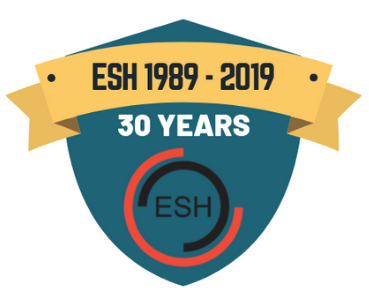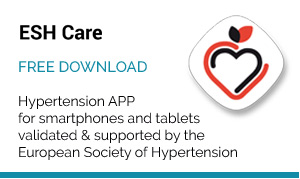Hypertension 2008
With greater availability of various devices, monitoring blood pressure (BP) levels at home is more feasible than it used to be and it is enjoying growing interest among patients. It appears particularly useful for patients starting antihypertensive treatment, those with heart or kidney disease who may need more frequent monitoring, pregnant women, elderly patients, individuals who may have white-coat hypertension, and those with masked hypertension.
But does such home monitoring provide value beyond blood pressure readings? Previous publications from Hypertension 2008 presenter Teemu Niiranen, MD, National Public Health Institute, Turku (Finland), have demonstrated that such readings have prognostic value in clinical practice in two key areas: atherosclerosis and left ventricular hypertrophy (LVH). The data emerge from Finland’s Health Study 2000, which involved a representative population of Finnish adults over age 30. From this group came a substudy of those undergoing home BP measurement – the Finn-HOME study – involving 2,120 subjects ages 45 to 74 years.
The Finn-HOME participants underwent a health interview at home conducted by trained interviewers; home BP measurements (twice in the morning, once in the evening for 7 days following the interview), with the home BP measurement being the mean of 14 duplicate measurements; and clinic BP measured by a nurse (mean of 2 measurements) at a visit 1 to 6 weeks after the home measurements were taken.
Dr. Niiranen and colleagues had 758 Finn-HOME subjects undergo a clinical interview, carotid ultrasonography, and measurement of both clinical and home BP. They found that home-measured BP was more strongly associated with carotid atherosclerosis than clinic BP. Similarly, a strong association was seen between home (as opposed to clinic) BP readings and electrocardiographic evidence of left ventricular hypertrophy (ECG-LVH) in a Finn-HOME analysis of 1,989 patients.
What about predicting mortality? Do home data still beat clinic measurements? Dr. Niiranen again turned to the Finn-HOME population, following 2,079 subjects for 7.2 years. During follow-up, 122 fatal events (34 cardiovascular and 88 non-cardiovascular) were obtained from the Finnish mortality register.
Although clinic BP provided some prognostic value, systolic home BP in particular was a stronger predictor of overall and cardiovascular mortality. When adjusted for age, gender, smoking, diabetes, and hypercholesterolemia, only the multiple (versus initial) systolic home BP measurements provided significant prognostic value (p < 0.05). The classification of hypertension based on home readings used slightly lower endpoints than that based on clinic measurements, but the home measurements provided more significant prognostic value in terms of survival.
Overall, said Dr. Niiranen, these data strongly support the incorporation of home BP monitoring information into clinical practice and noted that forthcoming morbidity data should provide even “more conclusive results” about the value of home monitoring.
References:
- Niiranen T, Jula A, Kantola I, et al. Home-measured blood pressure is more strongly associated with atherosclerosis than clinic blood pressure: the Finn-HOME Study. J Hypertens 2007;25:1225-31.
- Niiranen TJ, Jula AM, Kantola IM, Karanko H, Reunanen A. Home-measured blood pressure is more strongly associated withelectrocardiographic left ventricular hypertrophy than is clinic blood pressure: the Finn-HOME study. J Hum Hypertens 2007;21:788-94.






